A Full Day
On our second day in Munich, we visited both sides of the emotional spectrum.
We visited the Munich Residenz, the palace that housed the German Royal Family for over 700 years. It was opulent –brocade walls, gilded ceilings, and manicured grounds. This palace was a manifestation of the power, money, and lifestyle of the rulers who dwelt there. As we walked through the halls, we saw how different rulers changed the castle –in décor, size, and formality. This palace is also a manifestation of history, chronicling the changing times and tastes of generations past.
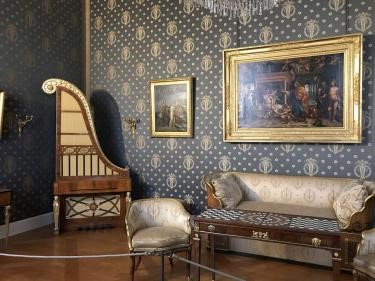
For me, the most interesting part of the palace was the chapel. During its heyday, this was one of the most extravagant rooms in the Residenz. High domed ceilings, painted of course, with Biblical scenes, and beautiful stone columns were apparently part of the original construction. During WW2, the chapel was mostly destroyed, leaving it a shell of what it once was. The chapel has been rebuilt to the shape of it’s original construction, but there is no decoration on its brick walls, other than one ornamental window on the back wall.
This was such a contrast to the rest of the Residenz, which was covered in expensive fabric and precious metals. But to me, it was the most impressive room.
After our whole group met in the afternoon, we took a trip to Dachau, home of the first concentration camp. When we boarded the S-Bahn (the above-ground train), we were nervously chatting and trying to distract ourselves from thinking too much about the horror we were about to see.

But when we stepped into the memorial, I wasn’t horrified. I was in disbelief. Dachau looked a lot like a camp I had been to as a child. A tree-lined corridor showed where the bunkers once stood. These buildings were filled with bunk beds, lockers, and communal bathrooms –staples for any kind of mass housing. When I went to camp as a child, I got a bunk bed to myself. When prisoners went to Dachau, they had multiple people to a single bed, because the camp was doubly overfilled.
I remember feeling nauseous as I walked through the maintenance building where prisoners, who were Jews, Christians, conscientious objectors, gypsies, or anyone who the Nazi party didn’t like, were stripped of their clothes, belongings, and humanity and herded like cattle into showers and bunkers.
The camp is quiet now, clean, and full of memorials to different groups of people who were victimized during their time here. The grounds are well-kept, and only two bunkers remain standing. Our walking group walked through each memorial, talking about how important it is to study and see atrocities like Dachau to keep them from happening again. It’s true –I did not enjoy my experience at Dachau, but I knew I needed to see it to make the violence of the Holocaust real to me.

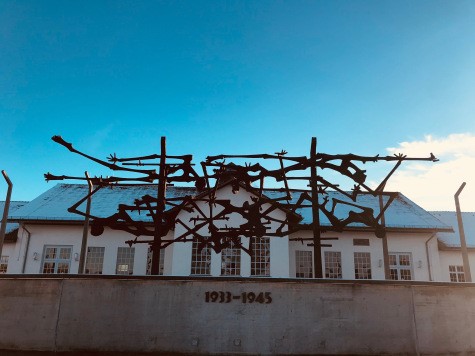
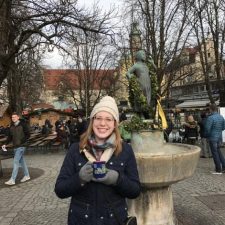
Brooke Estep
Paris-Munich Winter
Marshall University
Want to go on this program?

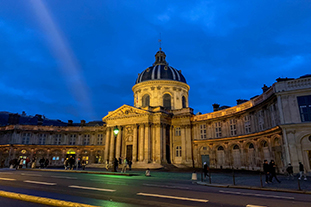
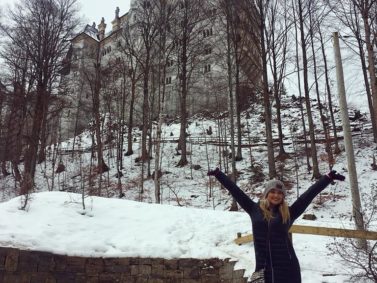
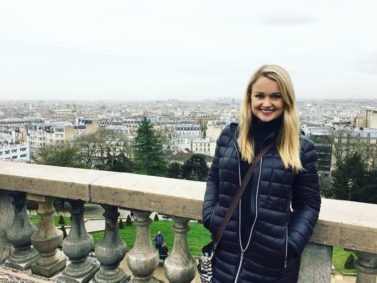
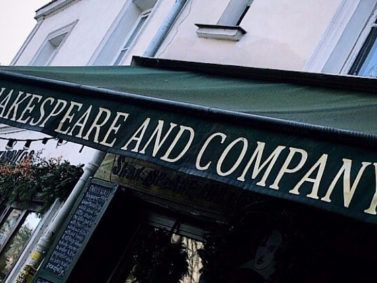
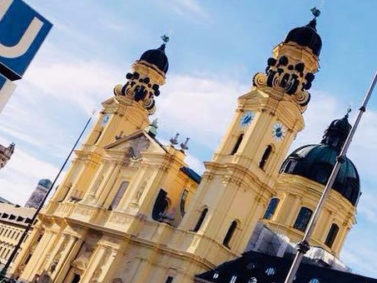
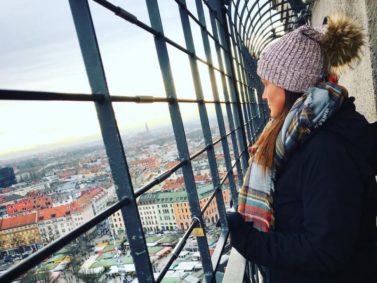
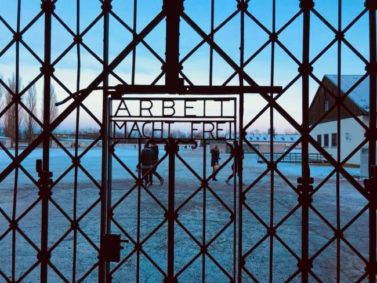
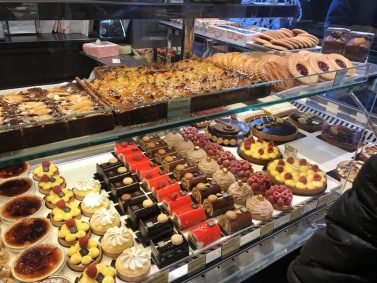
This Post Has 0 Comments